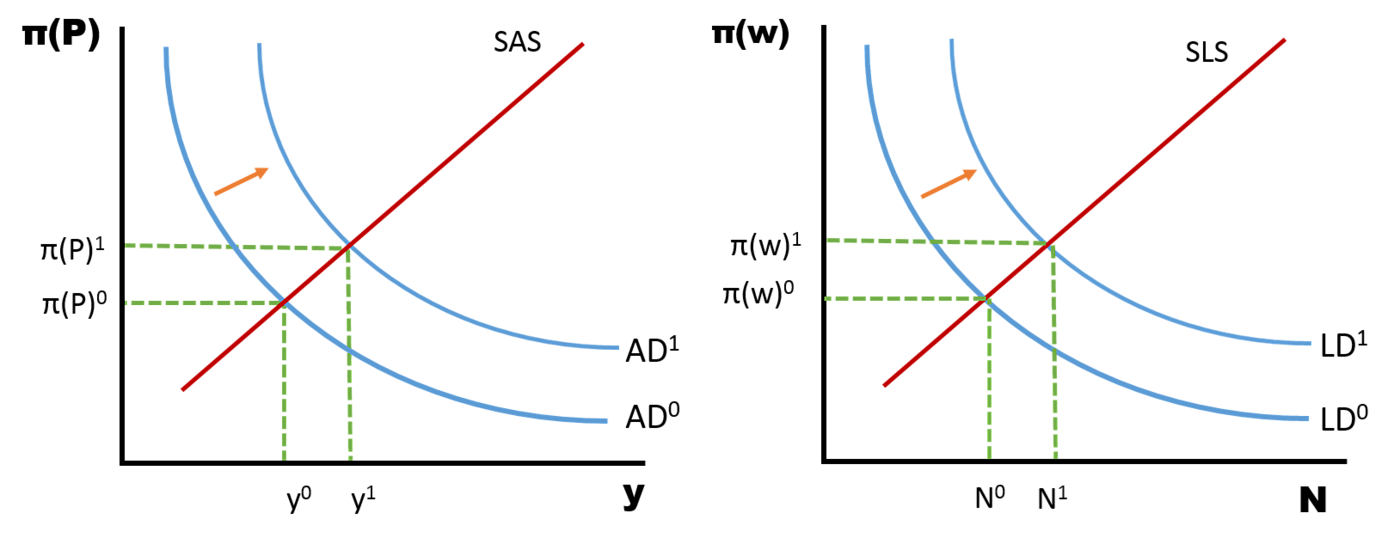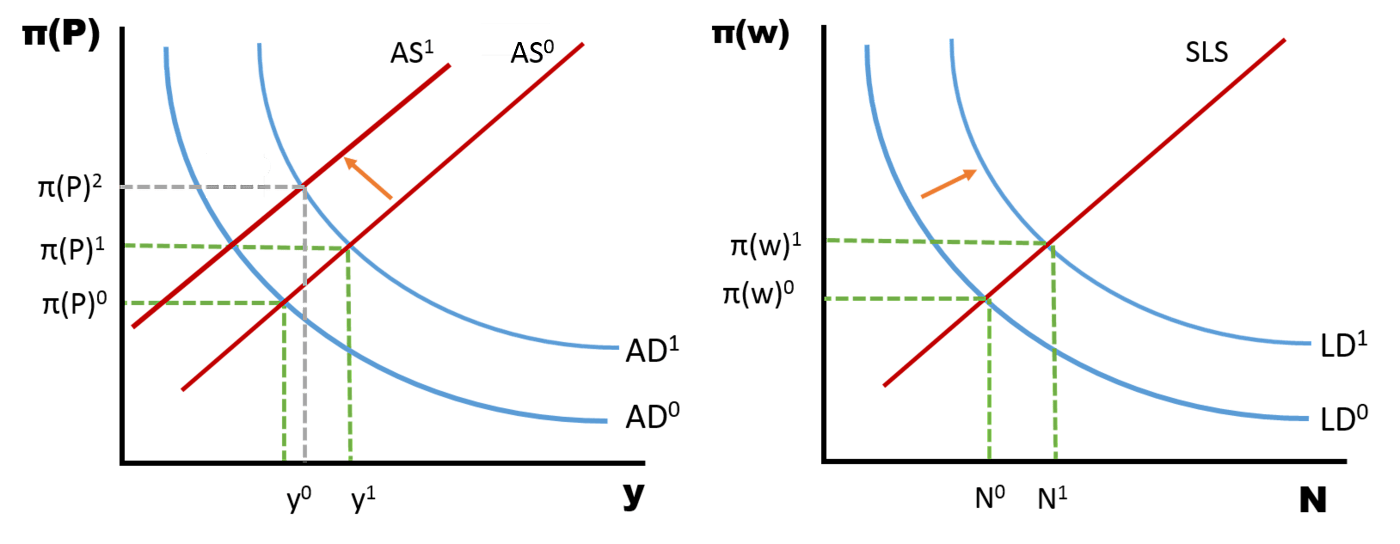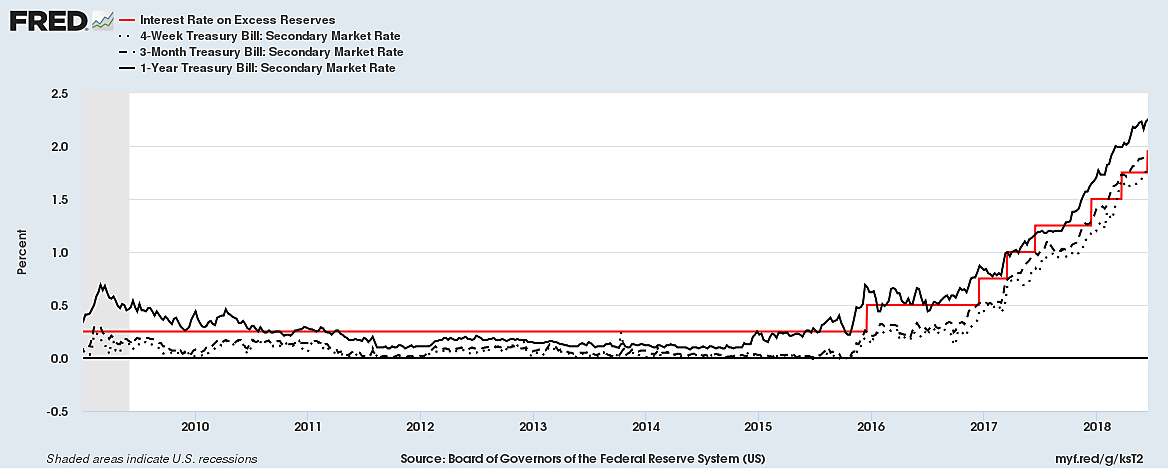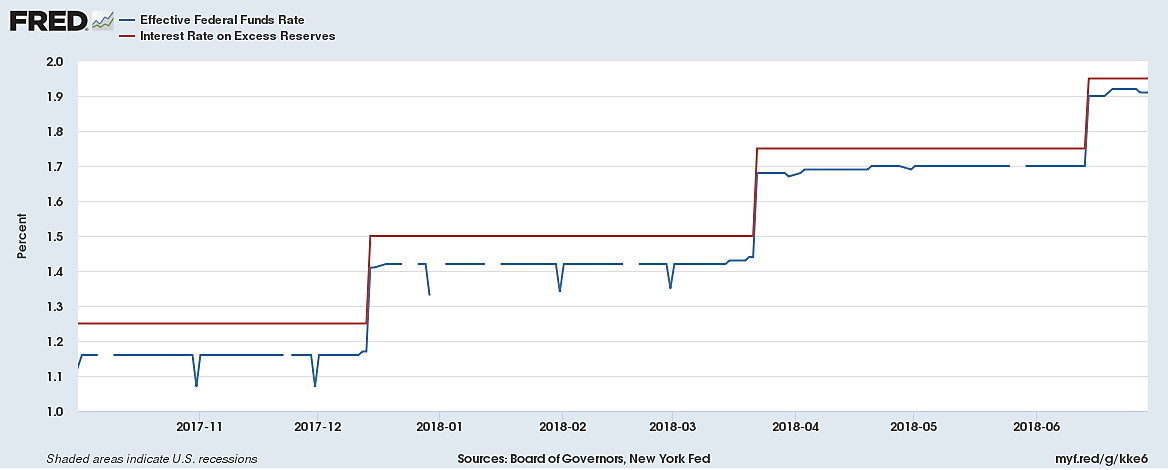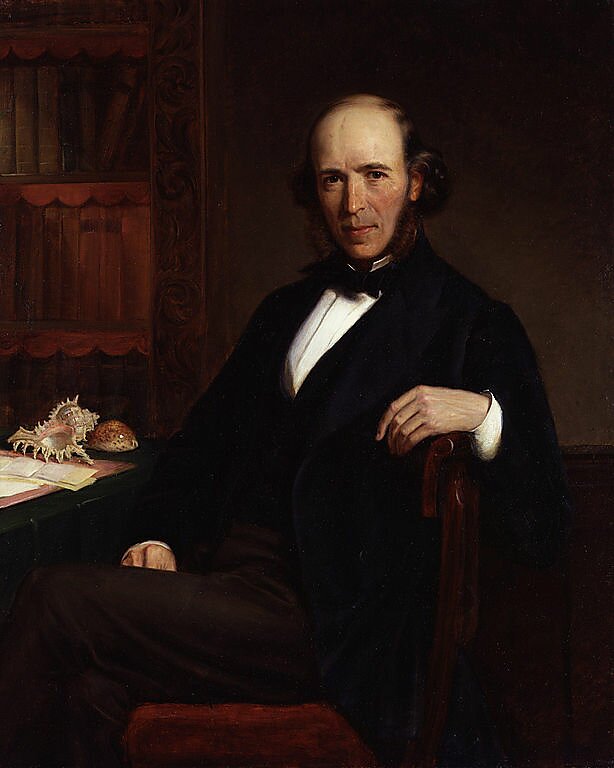In February 2018 Agustin Carstens, the General Manager of the Bank for International Settlements in Basel, gave a speech at Goethe University in Frankfurt entitled “Money in the digital age: what role for central banks?” The speech quickly became notorious in the cryptocurrency community for its brusque dismissal of Bitcoin and other cryptoassets. Among other things, Carstens there called Bitcoin "a combination of a bubble, a Ponzi scheme and an environmental disaster." A combination? One may judge the price of Bitcoin a bubble, but there is no other sense in which Bitcoin is a “Ponzi scheme.” The BIS being the central bankers’ bank, crypto supporters in response mocked Carstens for merely representing the interests of national fiat currency monopolies in quashing potential competitors.
More recently Carstens gave an interview to a Swiss periodical, available in English translation on the BIS website, in which he reiterated his anti-cryptocurrency position. “It's a fallacy to think money can be created from nothing” was one of the oddest claims he made there, given that fiat monies are closer than cryptocurrencies are to being gratuitously created. This interview too has provoked criticism from crypto defenders.
Overlooked in the debate over Carstens’ dubious statements about Bitcoin and cryptocurrency have been the dubious statements he makes about historical forms of private money. I want to shine some critical light on those statements.
Early in the speech, Carstens (p. 1) declares: “Experience has also shown that to be credible, money requires institutional backup, which is best provided by a central bank.” Best by what criteria? The dollar hasn't been better under the Federal Reserve than it was under the classical gold standard with private banknotes. The experience of other countries under fiat monies has been even worse than that of the United States. Central banks have brought higher inflation rates, higher price level uncertainty, and higher resource costs of the monetary system. They have diminished fiscal discipline. Floating rates have diminished the gains from international trade and cross-border investment. (For the evidence behind these summary contrasts see Selgin, Lastrapes, and White (2012).)
Carstens (p. 2) states: “Money is an IOU, but a special one because everyone in the economy trusts that it will be accepted by others in exchange for goods and services. One might say money is a ‘we all owe you’.” But this is a nonsensical use of terms. A fiat dollar is not an IOU or a “weOU;” a gold coin is not an IOU or a weOU. An IOU specifies the number of units to be repaid. By contrast, a fiat dollar or a gold coin does not entitle the hold to any specific quantity of any good or service. The future purchasing power is not pre-determined. It will depend on spot prices prevailing at a future date.
Carstens correctly notes (p. 2) that “many things have served as money.” He gives some examples and provides pictures of them. But in the next paragraph (p. 3) he curiously declares: “Common to most of these examples is that the nominal value of the items that have served at one time as money is unrelated to their intrinsic value.” Most of his examples (4 of 6) are commodity monies. The claim that “the nominal value … is unrelated to their intrinsic value,” while true for fiat monies, is false for commodity monies. A full-bodied gold coin (one of his examples) normally has a nominal value in proportion to its gold content.
Surprisingly, Carstens even gets wrong the details of a non-profit community currency project in his native Mexico, called the túmin. He describes it as “a local currency circulating (illegally) for some time around 2010 exclusively in the Mexican municipality of Espinal.” A little Googling reveals, however, that the túmin is still circulating in 2018, and has spread beyond its town of origin to 16 states of Mexico’s 32 states.
In a section of his speech entitled “What constitutes good money?,” Carstens goes seriously off track. He says this (p. 5) about the history of private money: “Over the ages, many forms of private money have come and gone. … While some lasted longer than others, most have invariably given way to some form of central bank money. The main reason for their disappearance is that the ‘incentives to cheat’ are simply too high.” Even putting aside the incoherence of the expression “most have invariably,” this is far from an accurate account of why legislatures granted central banks monopolies in money issue. The view that fraud (“wildcat banking”) was endemic to open-entry private note-issuing systems, and that the United States experience demonstrated this as Carstens believes (p. 6), was once popular. Even such a free-market stalwart as Milton Friedman subscribed to it in his 1960 Program for Monetary Stability. After examining later-published evidence on free banking episodes, however, Friedman and Schwartz (1986) realized that prevalent wildcat banking was a myth, accurately summarizing the facts this way: “Historically, producers of money have established confidence by promising convertibility into some dominant money, generally, specie. Many examples can be cited of fairly long-continued and successful producers of private moneys convertible into specie.” Dr. Carstens should begin to catch up with the literature and read the historical studies cited by Friedman and Schwartz.
While it is true, as Carstens notes, that banknotes did not circulate a par nationwide in the United States during the antebellum period, the reason was not fraud but government interference in the form of legal restrictions against interstate branching. Nationwide par circulation was the norm where banks were free to branch, as in Canada and Scotland. When Carstens (p. 7) refers to “the unhappy experience with private forms of money” he ignores the facts. When he suggests that “the experience with currency debasement that has peppered history” should warn us against “the proliferation of such private monies,” he inverts the facts. Currency debasements have been symptomatic of government monopoly in currency, not of private competition. A central bank with a monopoly on currency issue can debase the currency. A single bank in a multi-issuer system cannot, neither legally nor practically. As Adam Smith noted, the greater the proliferation of private note-issuers, the lesser the consequence to the public of the failure of any one of them. The system is robust. A central bank monopoly, by contrast, is a fragile single point of failure.


